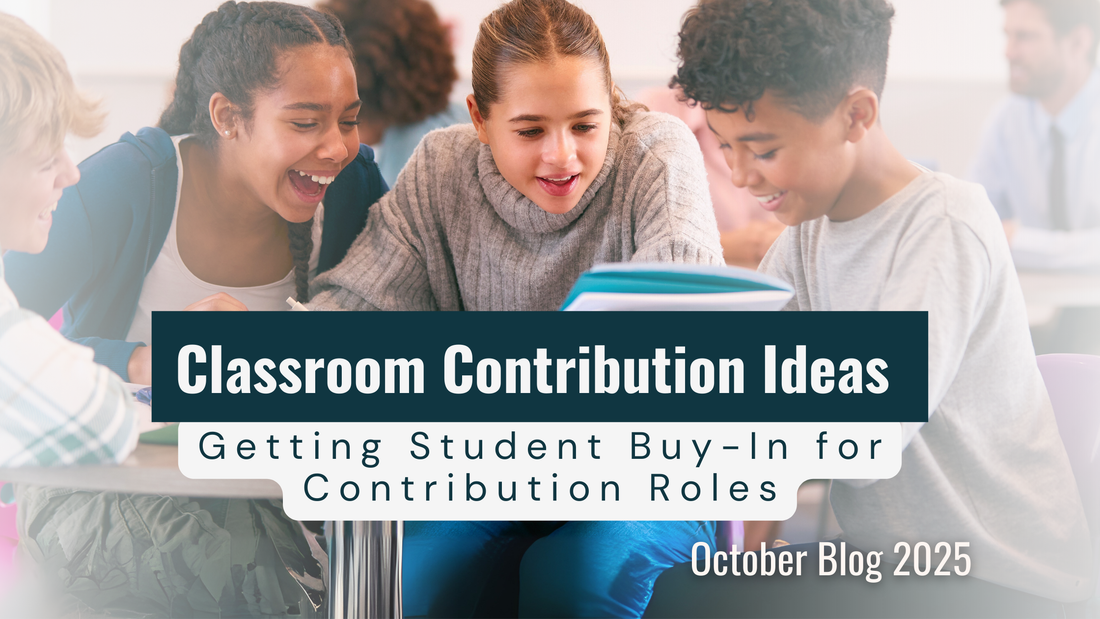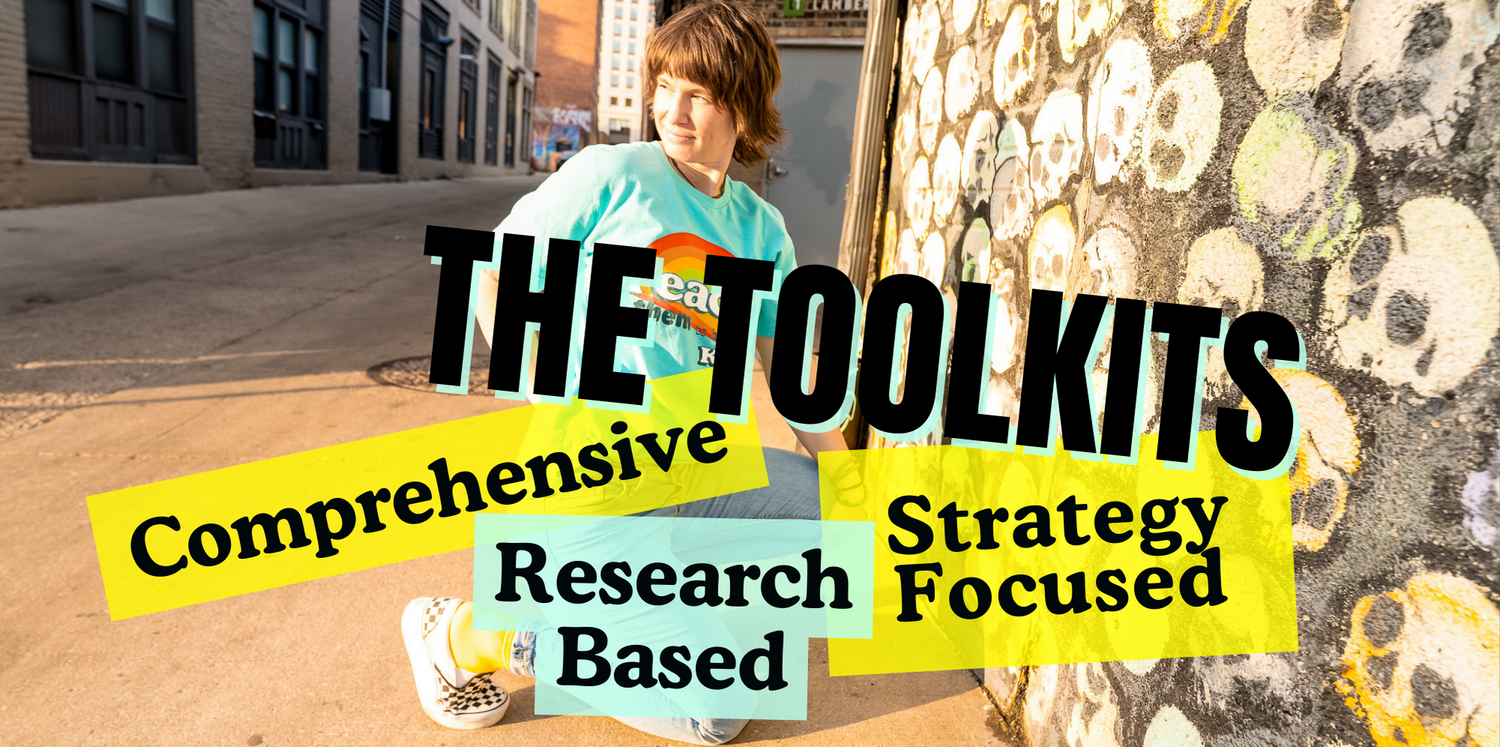
Getting Student Buy-In for Contribution Roles
Share
Getting Student Buy-In for Contribution Roles
Using Intrinsic Motivation, Not Manipulation
You’ve built the contribution routines. You’ve taught the roles. You’ve posted the visuals.
And now you hear:
“Do I have to do this?”
Here’s how to build buy-in the right way—by tapping into intrinsic motivation.
1. Use Urgency to Create Relevance
Make the roles feel immediately useful:
- “This class runs smoother when you lead.”
-
“We’re testing out a new way to keep transitions on track—your job makes that happen.”
Make the impact real, right now—not abstract or future-based.
Toolkit users: Refer to page 19 in the Environment Kit
Get the Neurodivergent Toolkit & Workshop [HERE]
2. Bring in Novelty to Spark Curiosity
Novelty activates attention. Try:
-
Music cues
-
Spinners, cards, or dice for randomization
-
Role rituals or hand signals
And for students with trauma, anxiety, or autism:
Make sure novelty is predictable within a safe container. Let students preview new roles. Offer choice boards. Give options to “opt-in” to certain jobs first. Keep surprises structured—not chaotic.
Toolkit users: Refer to page 16 in the Environment Kit
3. Match Roles to Student Strengths (and Let Them Choose)
Ask:
-
“What kind of energy do you like to bring to a group?”
-
“Who loves organizing? Talking? Not talking?”
-
“What would make this feel like your kind of job?”
- That’s how you help build identity and voice through responsibility and community.
Toolkit users: Refer to page 15 in the Environment Kit & use the interview questions from The Behavior & Needs Detective.
For 100 more ideas check out The Neurodivergent Toolkit & Workshop [HERE]
4. Make Contribution a Shared Culture
Normalize reflection, revision, and feedback.
Here’s how to do that even when not all students have a job that day.
For students with jobs:
-
Use prompts like:
-
“One part I felt confident in was…”
-
“A moment I needed help was…”
-
“Something I learned about myself is…”
-
“One part I felt confident in was…”
For students without jobs:
Reflect on:
-
“What made our system run smoothly today?”
-
“What part of the routine felt confusing?”
-
“What could we suggest to improve the system?”
“What roles might I try next time?”
How to deliver both types of reflection:
Post two sets of prompts in the room
Use color-coded slips or digital forms
Facilitate small groups: role-holders meet briefly, while others do a ripple share to suggest improvements
Use a ripple discussion: one group starts, others build on their reflections to co-create next steps
This builds whole-class investment—not just “role-owner” accountability.
Coming Next: How to Reflect on Roles Without Shame or Praise
In Blog 6, we’ll show how to help students reflect without performance anxiety or comparison, and how to reinforce regulation, identity, and safety through regular debriefs.
—
📘 The Neurodivergent Toolkit & Workshop includes frameworks for internal motivation, regulation, and behavior—plus the Behavior as Communication Workshop.







